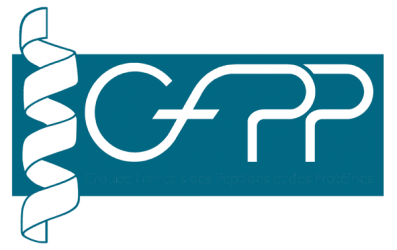From the library of collagen IV fragments immobilized on cellulose, 33 peptides were selected based on the dot-blot test and they form the outer sphere of the native protein. The selected peptides were tested for their cytotoxicity, their effects on cell viability and proliferation, and their impact on the formation of reactive oxygen species. All fragments are safe in view of their further use in regeneration medicine.
The aim of this research was to select the fragments that make up the outer layer of the collagen IV (COL4A6) protein and to assess their potential usefulness for regenerative medicine. It was expected that because protein–protein interactions take place via contact between external domains, the set of peptides forming the outer sphere of collagen IV will determine its interaction with other proteins. Cellulose-immobilized protein fragment libraries treated with polyclonal anti-collagen IV antibodies were used to select the peptides forming the outer sphere of collagen IV. In the first test, 33 peptides that strongly interacted with the polyclonal anti-collagen IV antibodies were selected from a library of non-overlapping fragments of collagen IV. The selected fragments of collagen IV (cleaved from the cellulose matrix) were tested for their cytotoxicity, their effects on cell viability and proliferation, and their impact on the formation of reactive oxygen species (ROS). The studies used RAW 264.7 mouse macrophage cells and Hs 680.Tr human fibroblasts. PrestoBlue, ToxiLight™, and ToxiLight 100% Lysis Control assays were conducted. The viability of fibroblasts cultured with the addition of increasing concentrations of the peptide mix did not show statistically significant differences from the control. Fragments 161–170, 221–230, 721–730, 1331–1340, 1521–1530, and 1661–1670 of COL4A6 were examined for cytotoxicity against BJ normal human foreskin fibroblasts. None of the collagen fragments were found to be cytotoxic. Further research is underway on the potential uses of collagen IV fragments in regenerative medicine.


